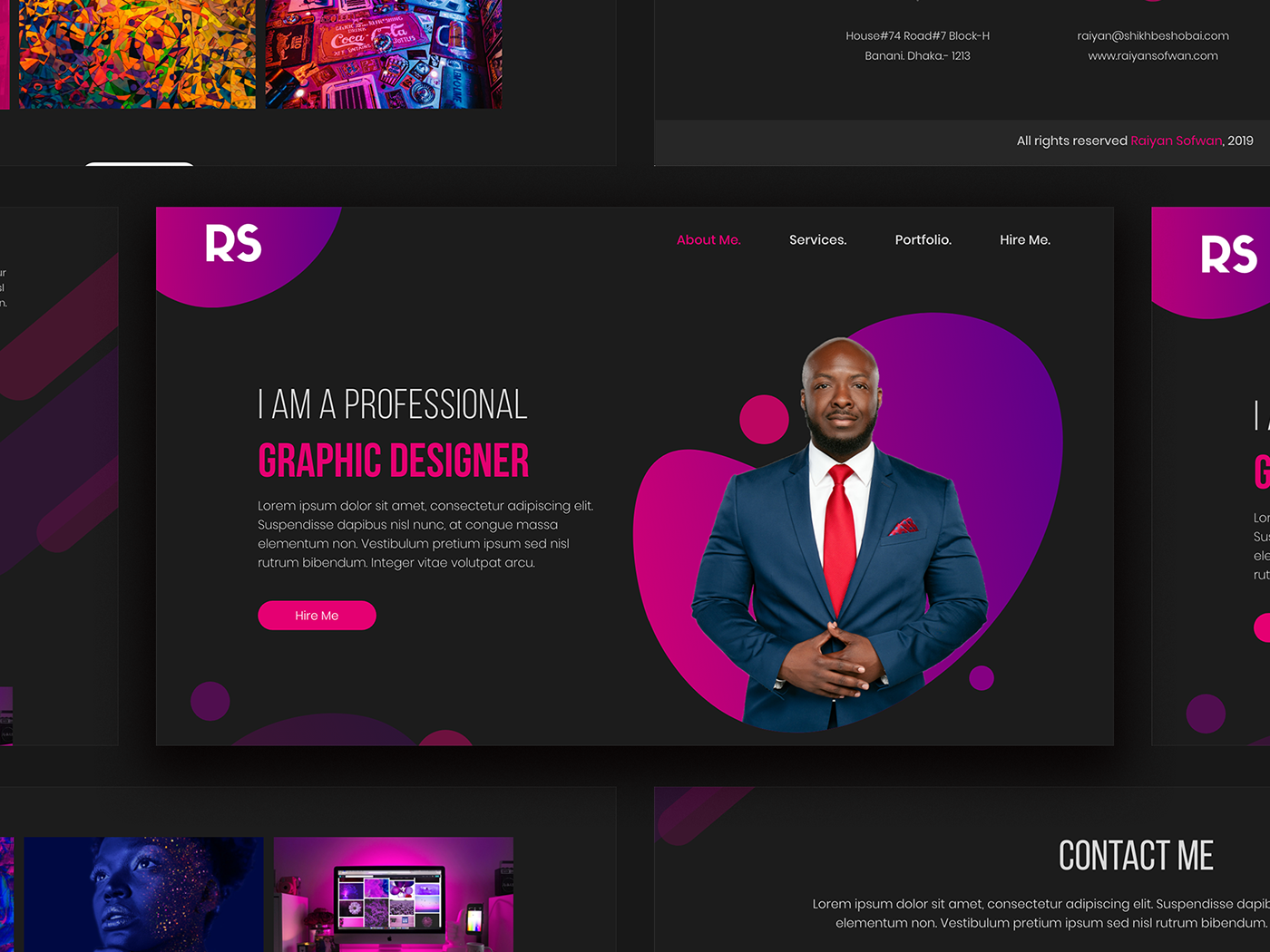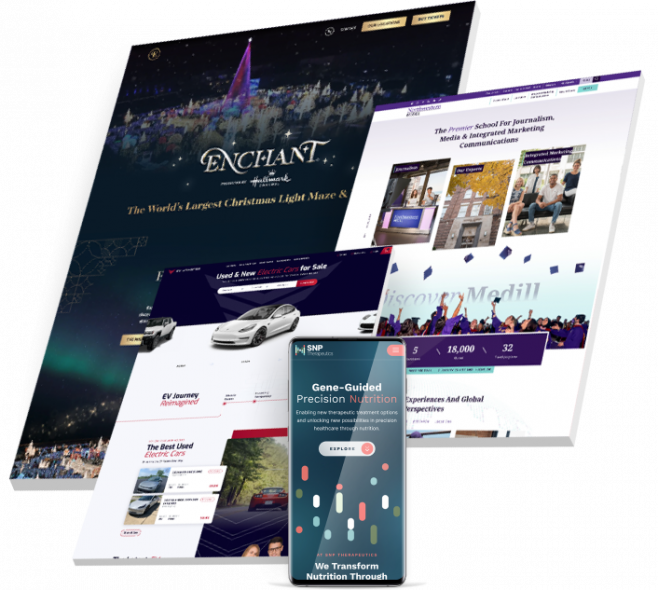Discover Cutting-edge Techniques to Enhance Your Website Design Experience
Discover Cutting-edge Techniques to Enhance Your Website Design Experience
Blog Article
Trick Strategies for Carrying Out User-Centric Website Style to Boost Involvement
When taking into consideration the execution of user-centric site layout, specific strategies are instrumental in enhancing interaction. Extensive research study right into user demands and choices creates the structure, directing the production of individual personas to notify layout choices. Individualizing material improves customer complete satisfaction, and durable access functions widen reach.
Recognizing Customer Demands
Understanding user demands is a fundamental action in the process of user-centric website style. This method makes certain that the internet site aligns with the assumptions and demands of its target market, inevitably causing enhanced customer fulfillment and interaction. The initial phase involves conducting thorough study to collect insights right into customer behaviors, preferences, and pain points. Techniques such as surveys, interviews, and customer testing can offer important qualitative and measurable data regarding just how customers interact with the internet site.
Assessing this information allows designers to produce comprehensive user personalities that stand for the various segments of the target market. These personalities help inform style choices by highlighting details customer goals and challenges, directing the advancement of features that deal with these demands efficiently. Comprehending the context in which individuals operate-- such as their atmosphere, tool preferences, and time restrictions-- can even more refine the layout strategy.
Compassion plays a vital duty in this procedure, enabling developers to see the internet site from the customer's viewpoint. By focusing on individual needs, the style procedure ends up being extra focused, avoiding the incorporation of unneeded aspects that might clutter the customer experience. Ultimately, a deep understanding of individual requirements is crucial in crafting a website that is both purposeful and useful.
Designing Instinctive Navigating
Having actually established a detailed understanding of customer requirements, the next action in user-centric internet site design entails producing user-friendly navigating. Reliable navigation is basic to individual complete satisfaction, affecting exactly how quickly individuals can discover information and total jobs. To achieve user-friendly navigation, developers have to prioritize simpleness and clarity, making sure that the navigating framework is regular and logical throughout the website.
Organizing web content right into a clear power structure is vital. Website Design. Making use of acquainted tags and symbols can lead individuals effortlessly, reducing cognitive tons and improving the total user experience. A properly designed navigation bar must be prominently put, allowing users to determine their present area and easily discover other areas of the website
It is likewise crucial to incorporate interactive aspects such as breadcrumbs and search functionalities to help customers in navigating complicated websites. These features give extra paths and improve the access of content, satisfying various customer choices and actions.
Examining navigation with real individuals is important to recognize potential pain factors and ensure capability aligns with individual assumptions. Routine responses loops and repetitive improvements can assist preserve an effective navigating system that adjusts to advancing user needs, inevitably boosting involvement and satisfaction.
Creating Receptive User Interfaces
Inevitably, producing responsive interfaces is a critical element of contemporary website design, guaranteeing that websites are accessible and useful throughout a multitude of tools and display dimensions (Website Design). This versatility is essential in a landscape where individuals accessibility material through smart devices, laptops, desktops, and tablets, each with varying alignments and resolutions. The key goal of receptive design is to boost individual experience by preserving optimal readability and functionality, no matter the tool used
To accomplish this, internet designers use flexible grid formats, liquid pictures, and CSS media inquiries. Adaptable grids allow site components to resize proportionally, while fluid photos ensure visuals scale properly without losing top quality. Media inquiries play an important role by applying different designs based on the gadget's features, such as elevation, alignment, and width, hence tailoring the design to the individual's display.
Additionally, receptive user interfaces add to boosted seo (SEARCH ENGINE OPTIMIZATION) by using a smooth customer experience, which in turn can reduce bounce prices and boost site involvement. In summary, embracing receptive style is not simply a technical factor to consider but a vital technique for cultivating a user-centric web environment that satisfies the needs of a varied target market.

Customizing Web Content Experience
Personalizing material experience is a Web Site critical element of user-centric web site style that involves customizing web content to fulfill the distinct choices and behaviors of individual customers. This method not only enhances individual contentment but also promotes much deeper engagement, as site visitors are much more most likely to engage with web content that reverberates with their interests and demands. By leveraging data analytics and customer comments, businesses can determine patterns and fads that educate the customization of internet content.
Including customization approaches can range from straightforward changes, such as recommending items based upon surfing background, to a lot more innovative techniques like dynamic web content that adjusts in real-time to an individual's communications. Individualized landing web pages can substantially raise conversion rates by providing individuals with pertinent details and provides that line up with their previous activities and choices.
Moreover, utilizing man-made intelligence and maker learning can additionally fine-tune content customization by continually picking up from user behaviors and adapting to arising trends. This not only boosts the individual's trip yet also develops brand commitment, as consumers feel comprehended and valued. Inevitably, individualizing the web content experience is a necessary method for businesses intending to produce a much more interesting and purposeful interaction with their audience.
Enhancing Ease Of Access Features
Enhancing availability attributes is an essential element of user-centric web site style, making certain that digital material is functional by every person, consisting of people with specials needs. This method not only complies with lawful requirements such as the Americans with Disabilities Act (ADA) and the Internet Web Content Access Guidelines (WCAG) but likewise substantially widens a site's target market reach. By incorporating attributes like key-board navigation, display reader compatibility, and alternate text for photos, internet sites come to be a lot more comprehensive, providing a her explanation smooth experience for users with visual, auditory, or motor disabilities.
Incorporating responsive design components is critical, promoting access on different tools and display sizes, therefore accommodating individuals with different choices and demands. Comparison proportions and message dimension changes can boost readability for people with visual challenges. Supplying clear and succinct content visit framework, such as headings and lists, aids understanding and navigating, especially for customers with cognitive disabilities.
Regular accessibility audits need to be conducted to identify and correct prospective barriers, ensuring ongoing conformity and usability. By focusing on availability, services not just foster inclusivity but also improve general customer interaction and contentment, ultimately driving greater conversion prices and strengthening brand loyalty.

Final Thought
Integrating user-centric design methods considerably improves internet site engagement by focusing on the needs and preferences of customers. Complete research assists in the production of user personas, assisting targeted style decisions.
Extensive research into user demands and choices develops the structure, directing the creation of customer personalities to notify style options. Methods such as studies, meetings, and customer testing can give beneficial qualitative and quantitative information regarding just how customers connect with the web site.
By focusing on user demands, the layout procedure ends up being more focused, preventing the addition of unneeded elements that might mess the customer experience. Efficient navigating is basic to user complete satisfaction, affecting just how quickly users can find details and full tasks. The use of familiar tags and symbols can lead individuals easily, reducing cognitive lots and enhancing the total customer experience.
Report this page